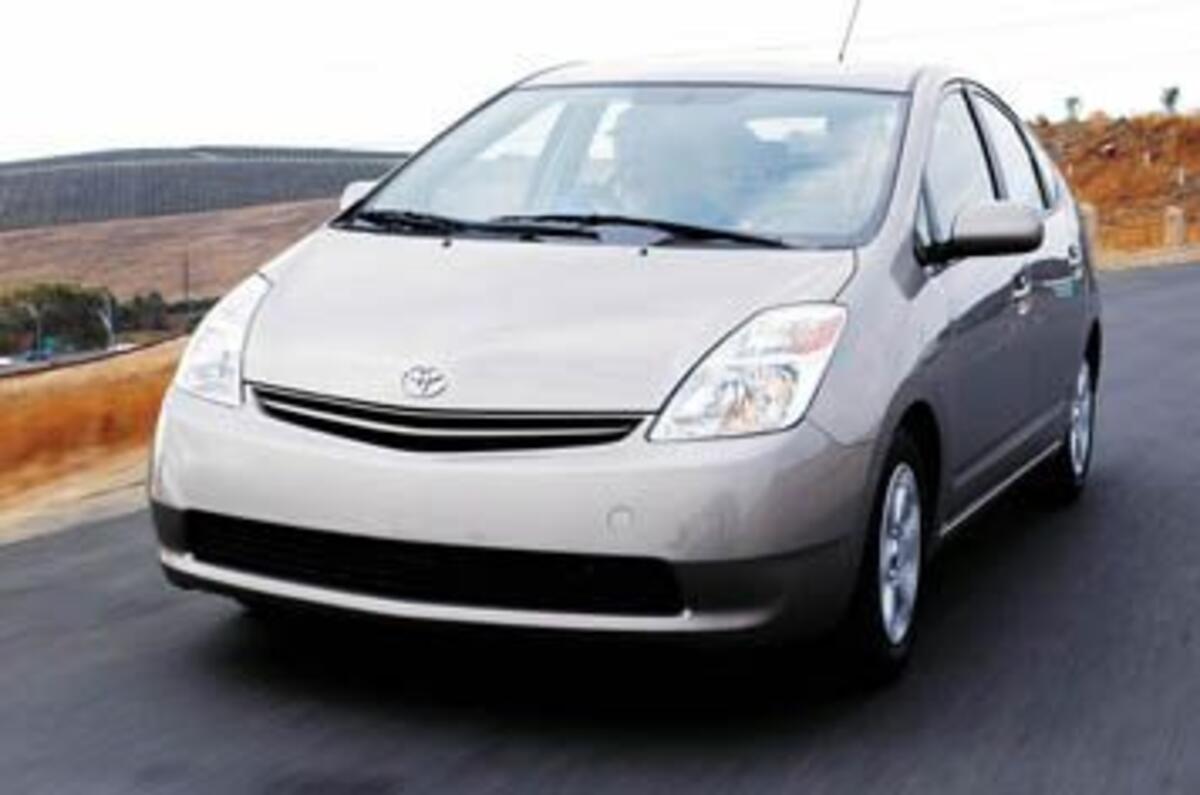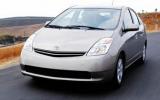The first Prius, launched in 1997 and updated in 2000, appealed to the responsible side of human nature with its low-emission hybrid drive. Even its odd styling, which made it stand out for all the wrong reasons, didn’t stop Hollywood stars, eager to publicise their green credentials, rushing to Toyota showrooms – Cameron Diaz drives one, and Leonardo Di Caprio has several.
The new car looks better and is bigger, with a full five-seater, five-door bodyshell, and its Toyota Hybrid Synergy Drive now has more power. Most of the time, the Prius works as a parallel hybrid, which means both petrol engine and electric motor power the car. The pair are coupled by a planetary gear set, with a controller deciding on the proportion of power coming from each source depending on the conditions and driver demands.
An electronically controlled CVT completes a complicated set-up which can run in several modes. The electric motor can boost the engine’s power, drawing energy from the engine’s generator, battery pack, or both. The engine stop-starts in traffic, the electric motor routinely powering the car on its own when pulling away, and European models will have an EV mode capable of powering the car for short periods on electric power only.
Maximum power of the electric motor has risen from 44bhp to 50bhp with a hefty 295lb ft torque from 0-1200rpm, while the 1.5-litre petrol engine now produces 78bhp instead of 71bhp and 85lb ft. Total output is therefore 128bhp and 380lb ft torque, equivalent to that of a 2.0-litre car with the torque of a larger V6.
On the road that translates to more useable performance with a 0-62mph time of 11sec and, though top speed is a sedate 105mph, the Prius cruises easily and silently at 60-70mph, thanks in part to its low drag coefficient of Cd0.26. However, the engine still wails under hard acceleration because of the CVT transmission.
The roomy cabin has excellent rear leg- and headroom. A neat and intuitive dashboard lever selects drive, park or reverse. We drove a US-spec car at Michelin’s Challenge Bibendum environmental event, but European cars will have different suspension tuning and 16in, rather than 15in, wheels. Steering and brakes are electrically assisted and, if the US version is anything to go by, not the Prius’s strongest points. Brake response is on the sensitive side and the steering lacks compliance and feedback.
The Prius will qualify for a £1000 government Powershift grant. Ultra-low CO2 emissions of 104g/km plus combined fuel consumption of 66mpg further flatter the bank balance, while regulated emissions of NOx, CO2 and HC likewise fall well below legal limits.
These factors, plus the improved specification and increased size, have already had a dramatic effect on the Prius’s appeal. The US expects to sell 36,000 units in the first year and 17,500 orders have already been placed in Japan. Compared to global sales of 110,000 in the last six years that’s a huge leap.
Jesse Crosse











Add your comment